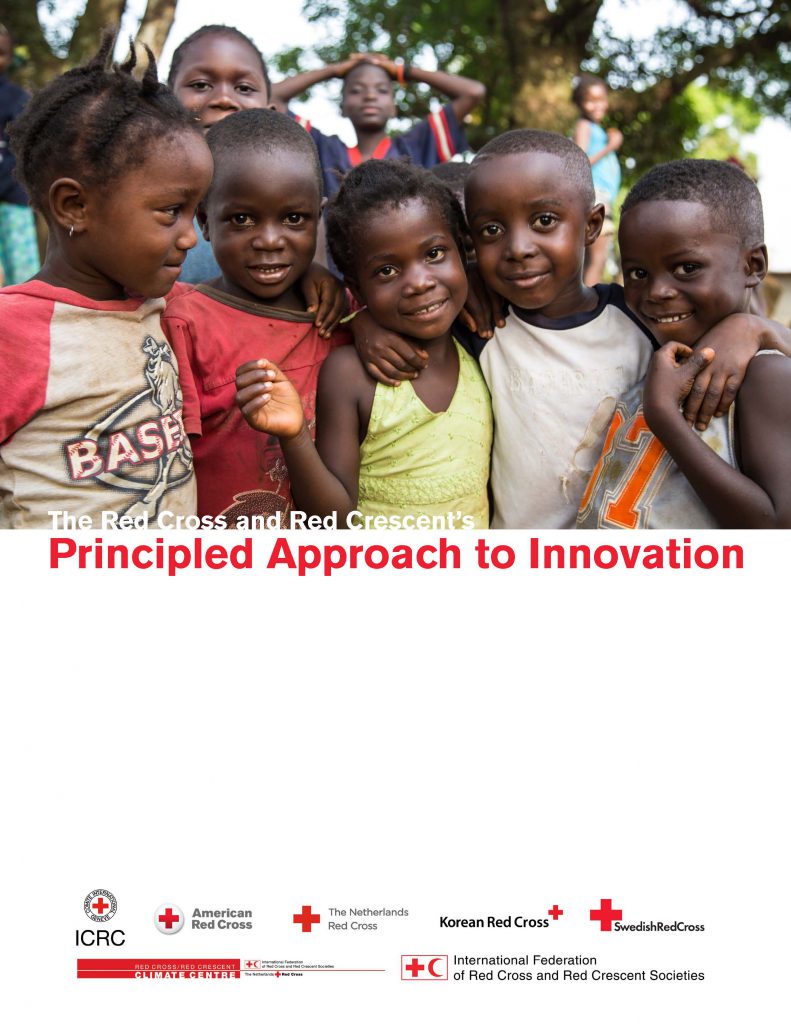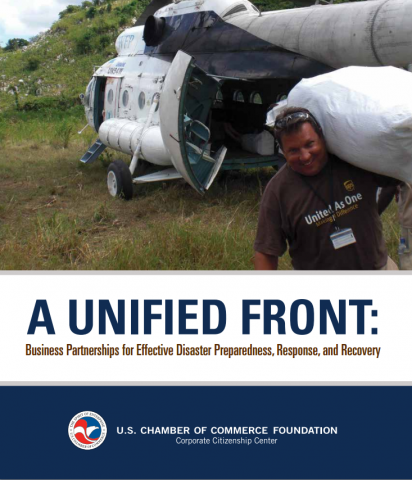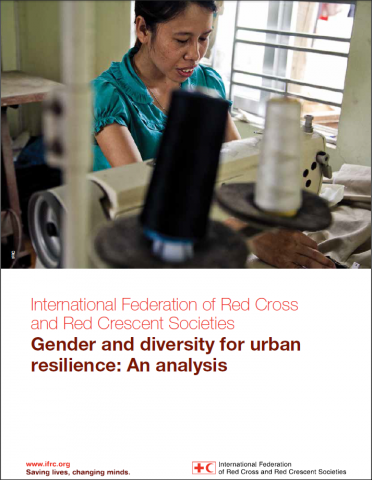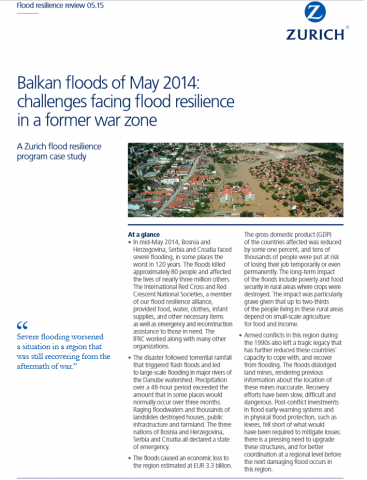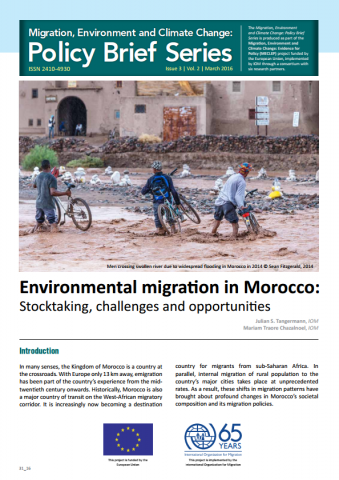Mainstreaming Resilience into Local Development Planning, 2014, UDS
This reports highlights the findings from a research project conducted by the University of Development Studies, Ghana in response to the ‘Preparedness and Resilience Research’ small grants program (Phase I) implemented by Response 2 Resilience Institute and the Global Disaster Preparedness Center. Abstract: This research project was initiated in response to the discourse on global environmental change and […]
Mainstreaming Resilience into Local Development Planning, 2014, UDS Read More »




